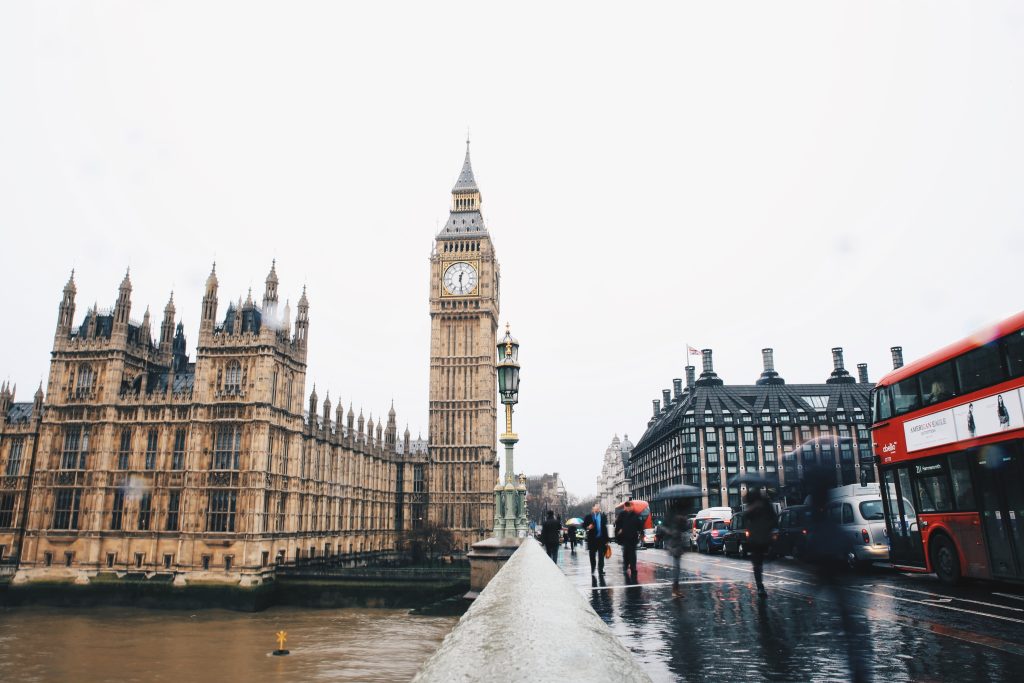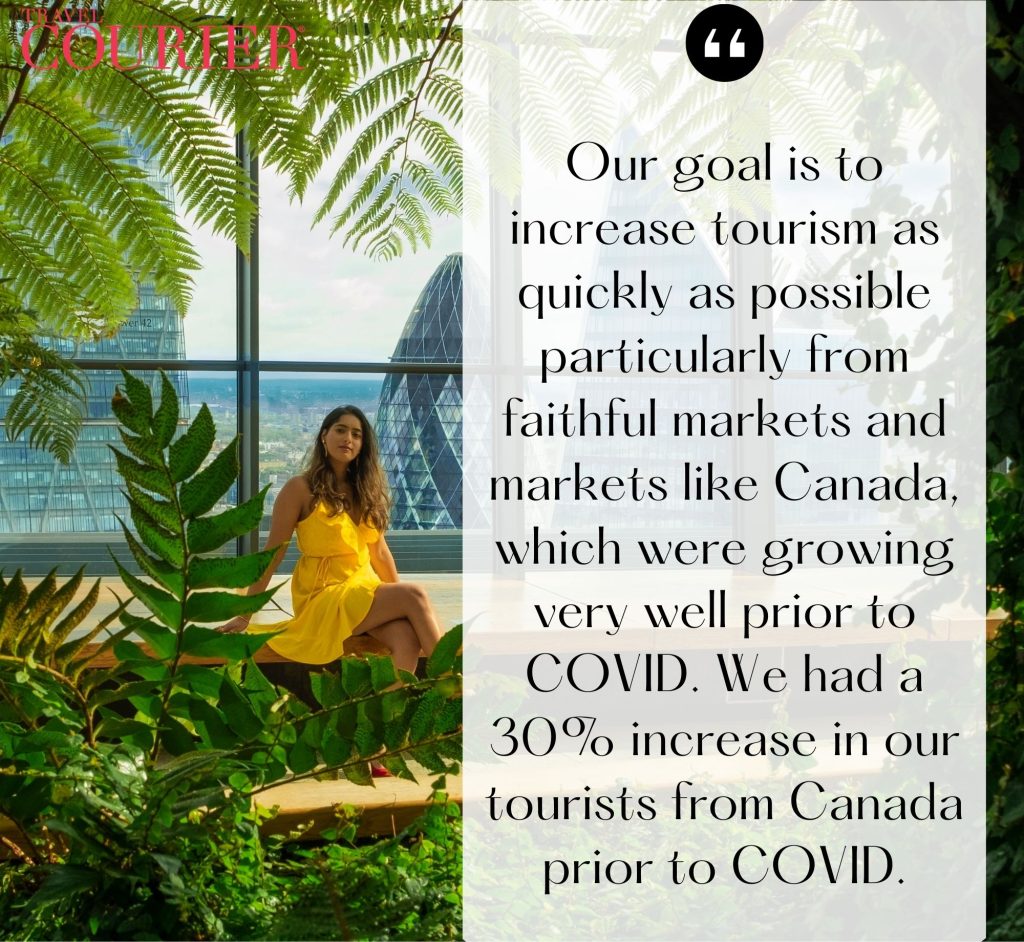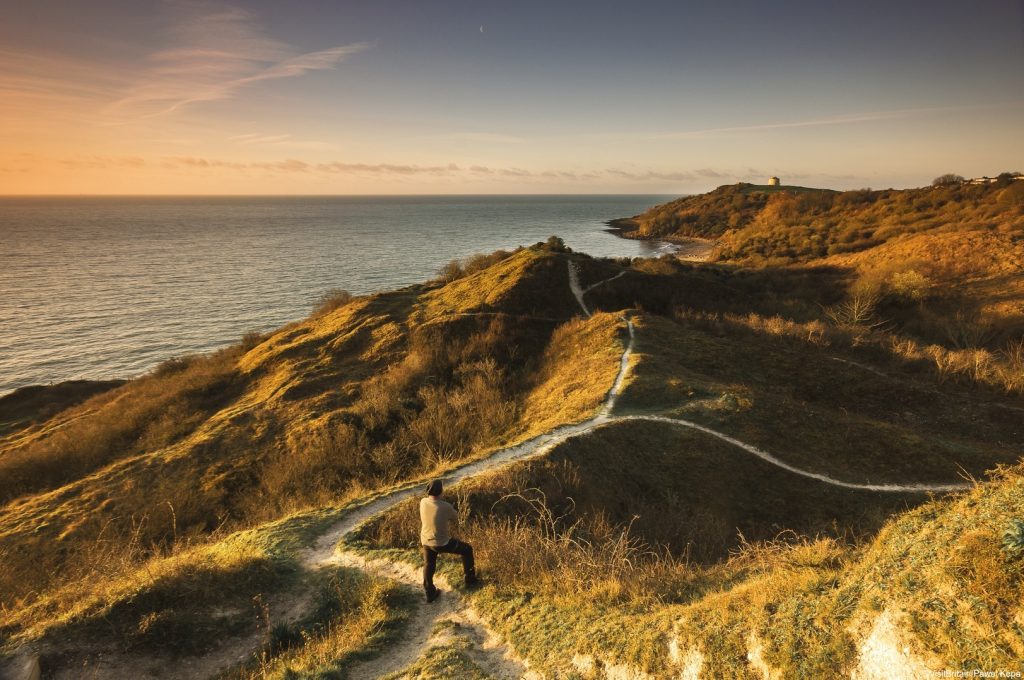
Are these the top luxury travel trends of 2025?
Leading luxury tour operator Artisans of Leisure has compiled its latest Luxury Travel Trends List based on the company’s intimate knowledge of the luxury travel market.
“Private, luxurious, highly personalized travel continues to be a priority for affluent consumers,” said Ashley Ganz, founder and CEO of Artisans of Leisure. “They feel that travel brings joy and inspiration to their lives and that it is one of the best uses of their time and money.”
Artisans of Leisure arranges private, customized international tours for high-net-worth travellers. The company’s unique position in the travel industry—catering exclusively to affluent travellers—allows them unrivaled firsthand insight into luxury travel in the world today.
Luxury travel trends list for 2025
- Mother-daughter trips
- Trips inspired by social media
- Big, multi-country trips of regions such as Central Europe, Scandinavia, the Baltic States, the UK, Southeast Asia and the Mediterranean
- Interest in unique collaborations among hotels, fashion houses, top chefs and illustrators and related activities and merchandise
- Trips that create one-of-a-kind memories through special experiences such as exclusive access and VIP and behind-the-scenes tours
- Wine tours in countries such as Argentina, Chile, Georgia, New Zealand, France, Spain and Italy
- Safaris
- Multi-generational trips with grandparents, parents and grandchildren
- Design-inspired travel
- Active and adventure experiences
- Cultural interaction
- Iconic experiences such as hot-air balloon rides over the Valley of the Kings in Egypt or the Serengeti in Tanzania
- Genealogical travel to explore family history
- Extending time in a destination to vacation before or after a work trip or a wedding
- Bucket-list trips
- Incorporating yacht charters and luxury train journeys into longer tours
- Avoiding extreme heat
- Avoiding crowds
- Over-the-top luxury. High-end travelers continue to splurge on travel. They want to do it right—with exclusive, over-the-top tours that include ultra-luxury services.
- Private travel at all times
- Last-minute travel is popular, with many travellers wanting to travel frequently and thinking nothing of booking only a few weeks in advance.
- Travel with friends
- Travel inspired by films and TV shows
- Returning to favourite destinations that feel relaxing
Artisans of Leisure arranges private cultural tours in more than 70 countries worldwide. For more information, visit www.artisansofleisure.com.






















